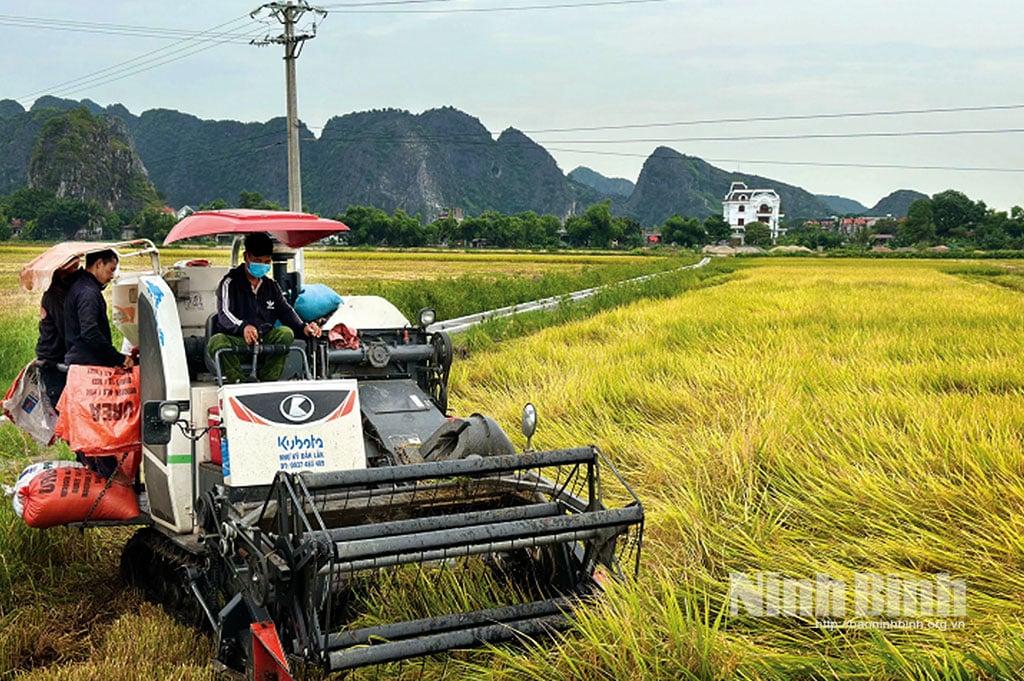
Outstanding productivity
This year's winter-spring rice crop is considered a bumper crop by farmers in the province. Mrs. Dinh Thi Mung (Phuc Son village, Ninh Tien commune, Hoa Lu city) happily shared: "Last year, the storms and rains battered the fields, making farming difficult but the yield was low. This year, in return, we have favorable weather, few pests and diseases, and fewer rats. The rice grows healthily, tillers well, flowers are big, and the grains are firm. The yield is much higher than last year. My family grows fragrant rice and is estimated to yield over 2 quintals per sao."
Similarly, Mr. Nguyen Dinh Thong (Xuan Duong 2 village, Khanh Cu commune, Yen Khanh district) said: "In decades of farming, I have never seen rice as good and even as this year, everyone's fields are full of grain. There are few pests and diseases, from the beginning to the end of the season, only one spray of insecticide to prevent rice blast disease was applied, so costs were somewhat reduced. This crop is much more certain than last year."
Mr. Tran Van Nghia, Chairman of the Board of Directors of Khanh Cu Cooperative (Yen Khanh district) informed: Last winter-spring crop, the average rice yield of the Cooperative was only 1.7 quintals/sao, this year it reached 2.3 quintals/sao, an increase of 0.6 quintals/sao.
According to information from the Department of Agriculture and Environment, in the 2024-2025 Winter-Spring crop, the whole province will plant 39,393 hectares of rice. Of which, the hybrid rice area is over 7,410 hectares, accounting for 18.81%, the remaining over 81% are pure, high-quality rice varieties such as Dai Thom 8, Bac Thom No. 7 resistant to leaf rust, VNR20, Huong Binh, Nep Huong, TBR225 QR1, TH998, Nep...
At this time, farmers in the province are focusing on harvesting. In general, all rice fields and rice varieties in this year's winter-spring crop have grown and developed well, achieving high yields with outstanding grain filling ratio. The total yield of the province is estimated at 66.97 quintals/ha (0.07 quintals/ha higher than last year's winter-spring crop). This is an impressive number, especially when the proportion of high-quality rice accounts for nearly 80% of the structure.
Analyzing the reasons for this year's high rice yield, comrade La Quoc Tuan, Deputy Head of the Provincial Department of Cultivation and Plant Protection, said: The high yield of the 2024-2025 Winter-Spring rice crop is due to a combination of many factors. Firstly, the rice land is fallow, the weather at the beginning of the crop is relatively favorable for concentrated and quick sowing. Although later, the sky is cloudy for a long time, the number of sunny hours is low, the rainfall is low and the temperature is low along with cold air waves that slow down the growth of the rice plants, but this is a factor that encourages people to pay more attention to fertilization. Because the long growing period along with careful fertilization is the premise to help the rice plants have more time to accumulate biomass, create large flowers, plump grains and bright at the end of the crop. In addition, the weather at the end of the crop has alternating sunshine and rain, less heat than previous crops, so the rice heads, flowers and pollination are more favorable.
In addition, the important factor contributing to the success of this production season is the proactive and timely implementation of pest control. Specialized agencies have closely followed the fields, regularly updated the pest situation, advised farmers on appropriate care measures, effective pest control, and good control of major pests.
In addition, the application of new rice varieties with high yield and good resistance to pests and diseases also contributes significantly to the success of this production season.
The joy is not complete
Despite the bumper crop, farmers’ joy was not complete because of the sharp drop in rice prices. Mr. Bui Thanh Quang, a farmer specializing in fragrant rice cultivation in Hoa Lu city, lamented: “Last year, the fresh price of fragrant rice sold in the field was 9,000 VND/kg. But this year, traders only paid 6,000 VND/kg, a decrease of more than 30%. With a bumper crop and such low prices, the profit is not worth much anymore.” The impact of the falling rice prices is even more evident for large-scale farmers.
Mr. Trinh Viet Chien, a pioneer farmer in land accumulation, producing commercial rice with a scale of about 300 hectares of rice fields in Ninh Khang commune, Hoa Lu city, shared: “For ordinary farmers who grow 5-7 sao of rice to have enough to eat and have a little left over to sell, the increase or decrease in rice prices does not affect their lives too much. But for us, large-scale rice producers, with an output of hundreds of tons of rice per crop, a decrease of 3,000 VND/kg (from 9,000 VND to 6,000 VND) means that hundreds of millions of VND have been “blown away” compared to expectations. Profits have decreased seriously, greatly affecting the plan for reinvestment and production development.”
In fact, the decline in rice prices during the harvest season is not a new story, especially in bumper rice crops. However, the sharp decline in rice prices like this season is a sudden event, which has made many farmers regret losing a significant amount of profit. The main reason for the decline in rice prices is explained by the fact that India has loosened its rice export restrictions after 2 years of tightening. This has increased supply in the international market, creating competitive pressure for other exporting countries, including Vietnam.
In addition, the demand for rice imports from major markets such as the Philippines and Indonesia is also decreasing, as these countries have accumulated enough reserves in 2024 and are waiting for prices to fall further before re-importing. The story of rice prices poses a big problem for agricultural production as the 2025 crop season approaches.
To cope with the unstable rice prices, the key issue now is to promote mechanization and synchronously apply scientific and technical advances to reduce production costs, while improving productivity and product quality. In particular, it is necessary to pay special attention to synchronously applying advanced technical farming solutions such as: "3 reductions, 3 increases" model (reducing the amount of seeds sown, reducing the amount of nitrogen fertilizer, reducing pesticides; increasing productivity, increasing rice quality, increasing economic efficiency), "1 must, 5 reductions" (must use certified seeds; reducing the amount of seeds sown, reducing nitrogen fertilizer, reducing pesticides, reducing irrigation water, reducing post-harvest losses), integrated pest management (IPM)...
These solutions not only help reduce input costs but also contribute to environmental protection and improve production sustainability. At the same time, it is necessary to increase close cooperation between farmers, cooperatives and enterprises to build product consumption contracts. This will help reduce price risks for farmers, ensure stable output and create a premise for people to feel secure in investing and producing long-term.
Source: https://baoninhbinh.org.vn/nong-dan-don-vu-lua-dong-xuan-boi-thu-411394.htm


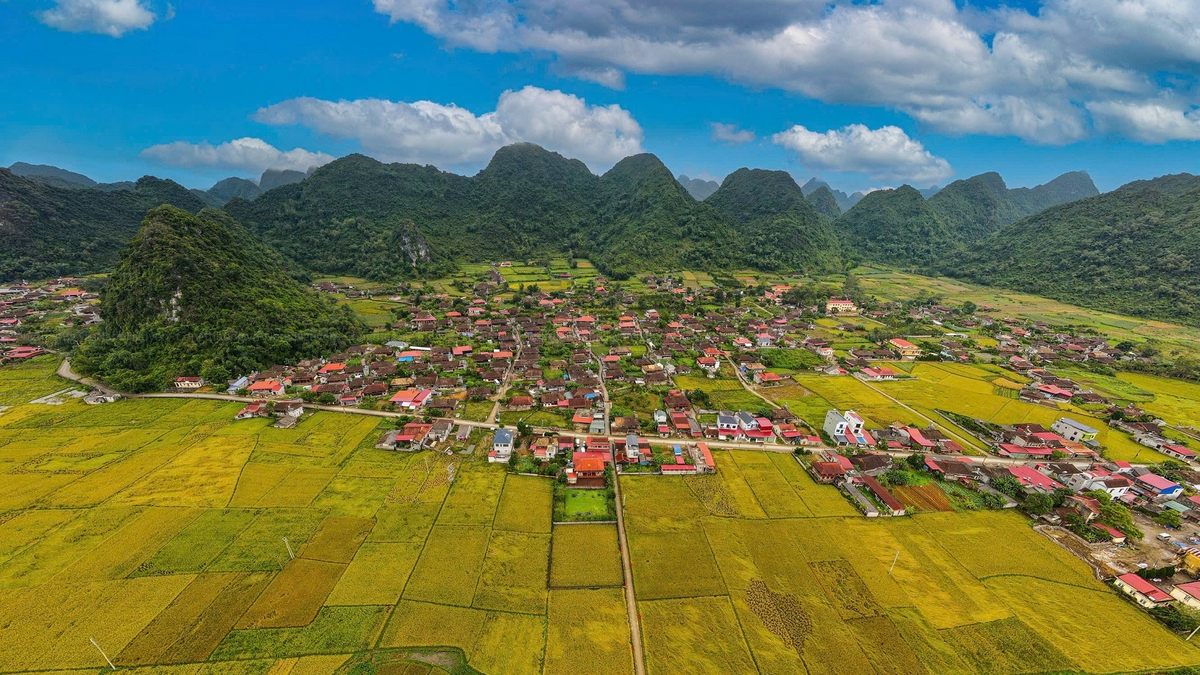



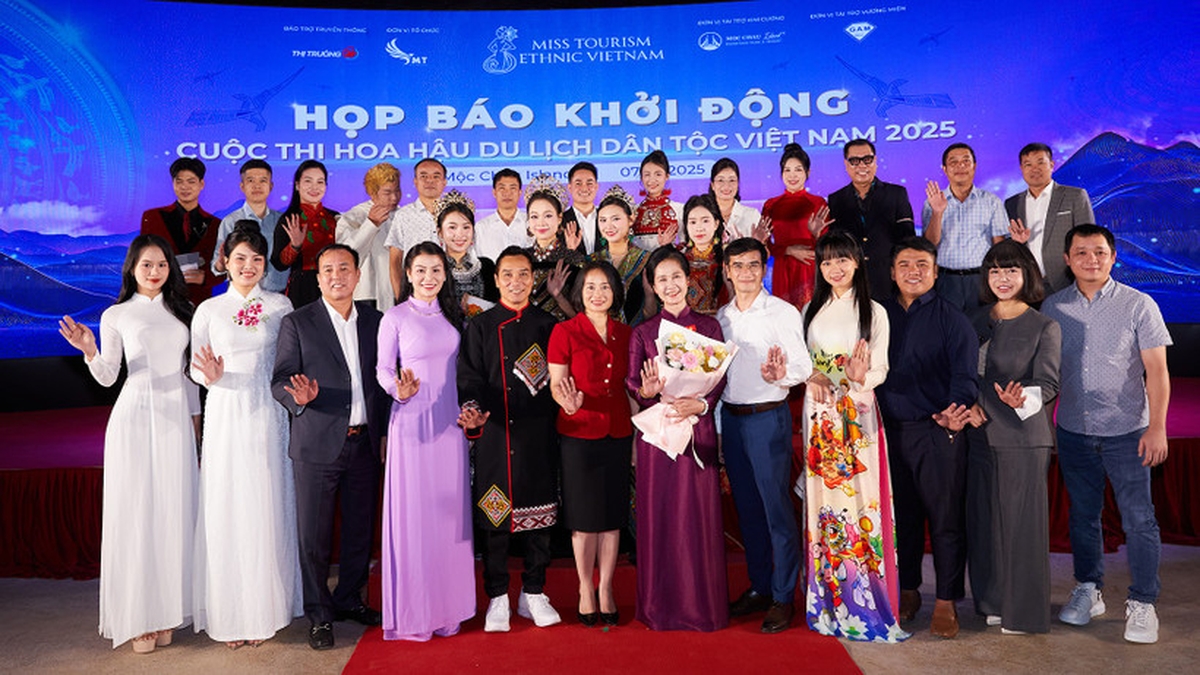






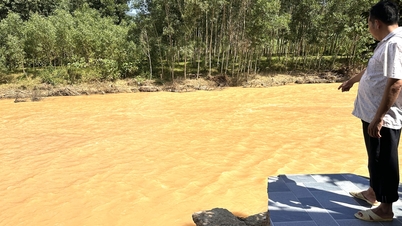

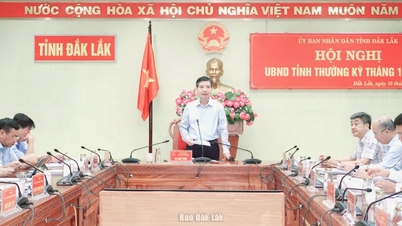








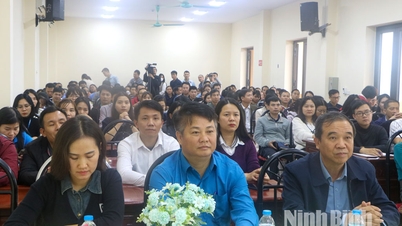
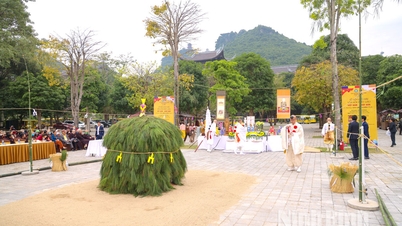

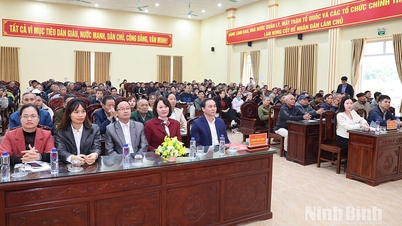















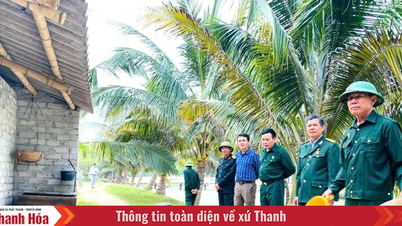












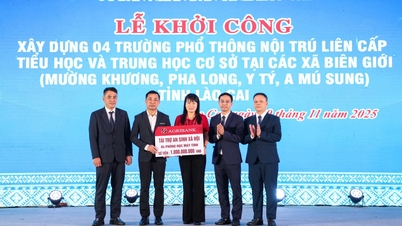


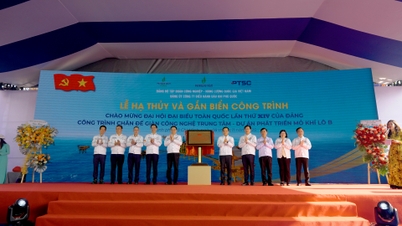














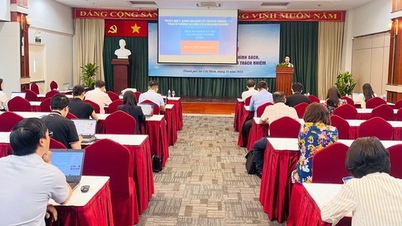





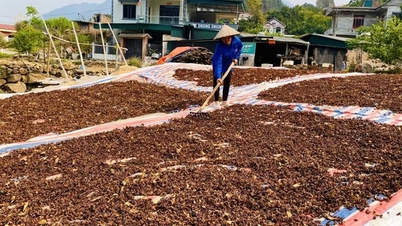


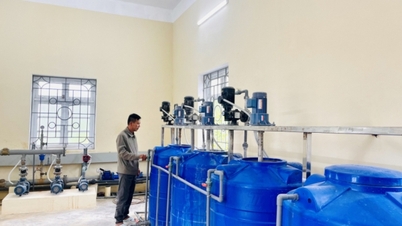



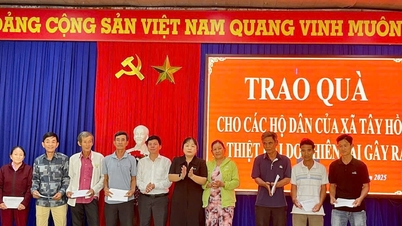




![Dong Nai OCOP transition: [Article 3] Linking tourism with OCOP product consumption](https://vphoto.vietnam.vn/thumb/402x226/vietnam/resource/IMAGE/2025/11/10/1762739199309_1324-2740-7_n-162543_981.jpeg)










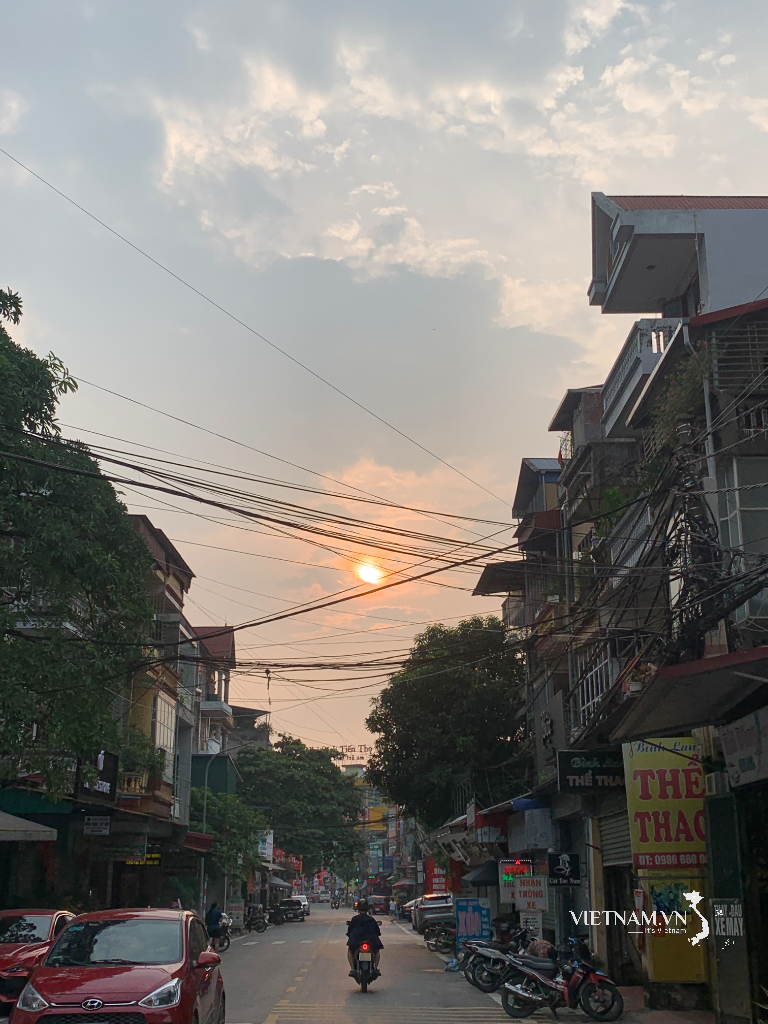


Comment (0)